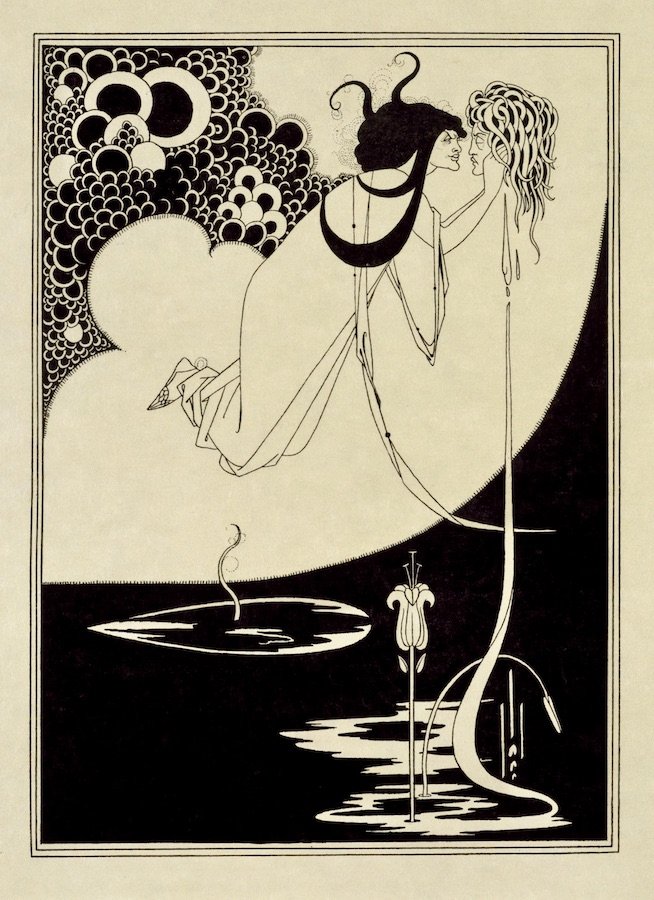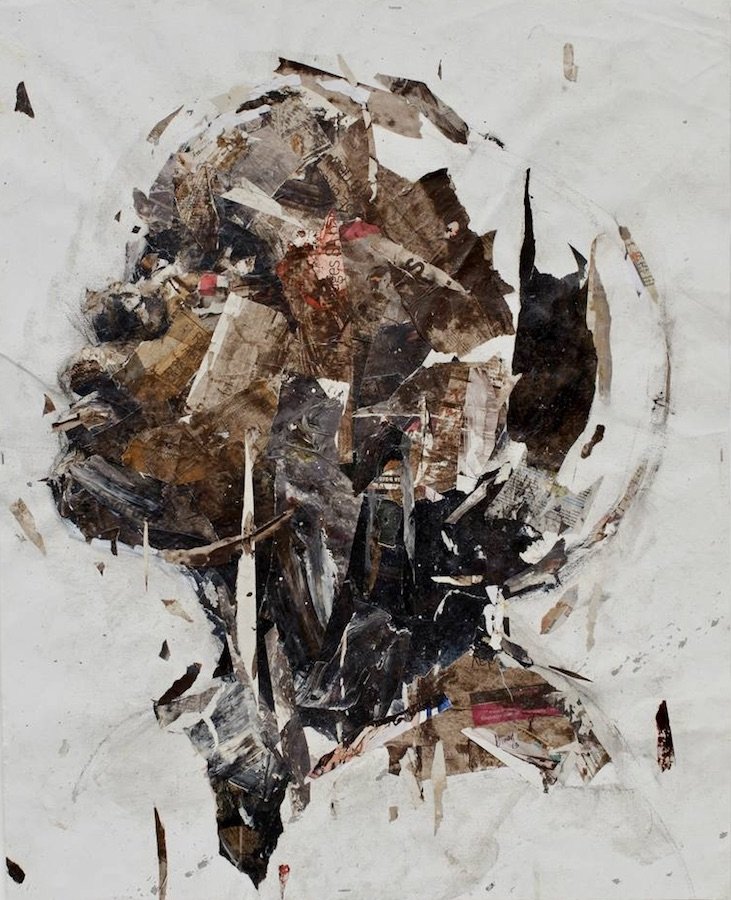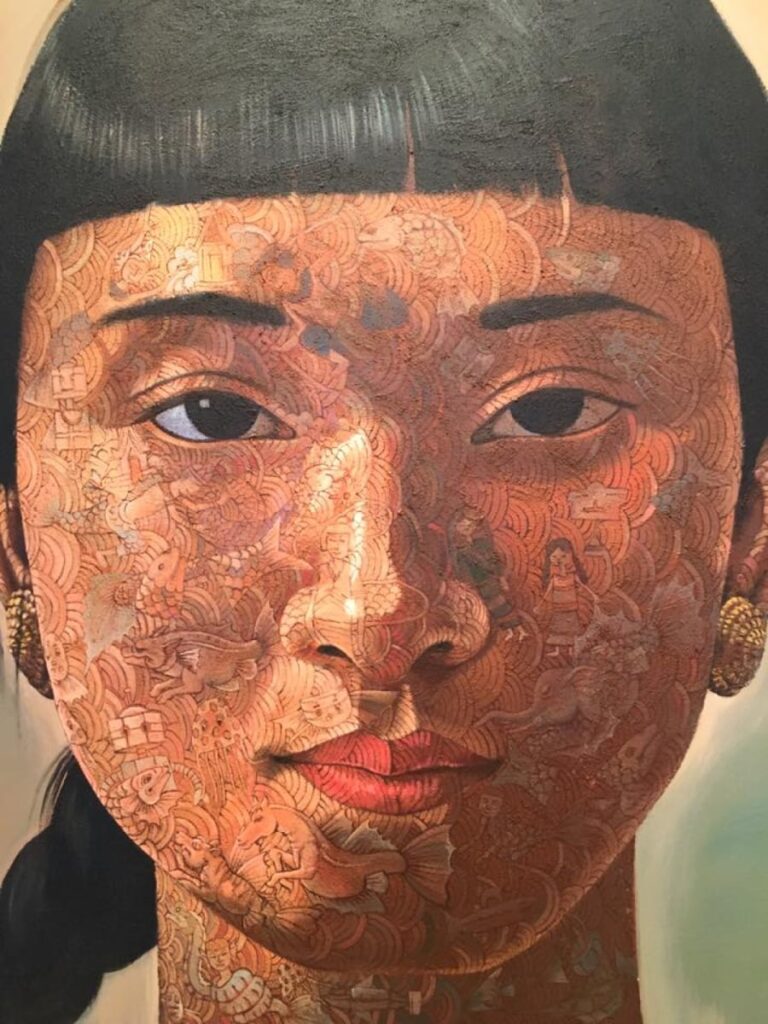In Isabelle Menin’s photo-art there’s a touch of Romanticism with themes of nature, a sense of poetry, and an evoking of emotions, although its appearance also has a style that’s reminiscent of Rococo with its softer lines, curves, and brighter colours. However, Menin has said in the past that she doesn’t try to emulate or follow a specific style, and so it may therefore be more accurate to say her artwork looks behind the curtains of beauty, while still being aesthetically appealing. For the beautiful flowers that blossom within Menin’s artwork become more pronounced by the withering of others around it; you can’t have life without death, and that seems to be an underlying motif within Menin’s manipulated scenes, the journey with all its twists and turns, it’s not black and white – it’s full of colour. In the series ‘Avant que le monde ne fut roi’ the vibrancy of the lighter colours such as the roses are accentuated by the lush hues of green that border the image – making it feel like a mural.
 Avant Que Le Monde Ne Fut Roi 03, 2017, © 2022 Isabelle Menin.
Avant Que Le Monde Ne Fut Roi 03, 2017, © 2022 Isabelle Menin.
It’s no stretch to say Menin’s art is like a never-ending feast for your eyes, its texture, and colours sensual and immersive, while the balance of light to the subtleness of shadows produces a real sense of depth and a changing of characteristics. Menin’s digital layering of images from nature – mainly flora – create a scenic backdrop with no clear end, like the flowers are falling into the horizon with no brick wall to stop it.
On closer inspection however, you see that Menin’s flowers are not perfectly intact, but are layered and silhouetted onto one another, while the shades you took for granted are in fact overlapping flora whose various degrees of transparency have built a merging of colour. Blink and you might miss such intricacies, the flower’s ‘completeness’ – its perfection – being an illusion; its existence temporary and fleeting, and for a photograph that’s a difficult atmosphere to capture.
 New Rome 10, 2018, © 2022 Isabelle Menin.
New Rome 10, 2018, © 2022 Isabelle Menin.
Menin’s art has a texture and similarity to that of paintings, and for more than a few seconds you might think her work is in oils or acrylics – this is no mere coincidence with Menin having over a decade’s experience in classical painting, using the techniques and composition from this into the overall appearance of her digital images.
At points within Menin’s art there are swirls of abstraction, the contemporary artist showing a distortion of nature, a falseness to it, and thereby telling the audience this isn’t real, while sugar-coating the image like a ginger-bread house from Hansel and Gretel. But Menin’s art is not just aesthetically appealing, for there are interplays within her work, a reflection of the inability to control – the image having no set structure, but a sense of careful guidance – like a garden. For you might choose where things are first planted, help them in their direction, but they’re still wild, and in this Isabelle Menin has sought to capture a similarity to human nature, it’s just as layered as her imagery and just as unpredictable in its form.











